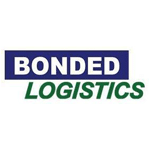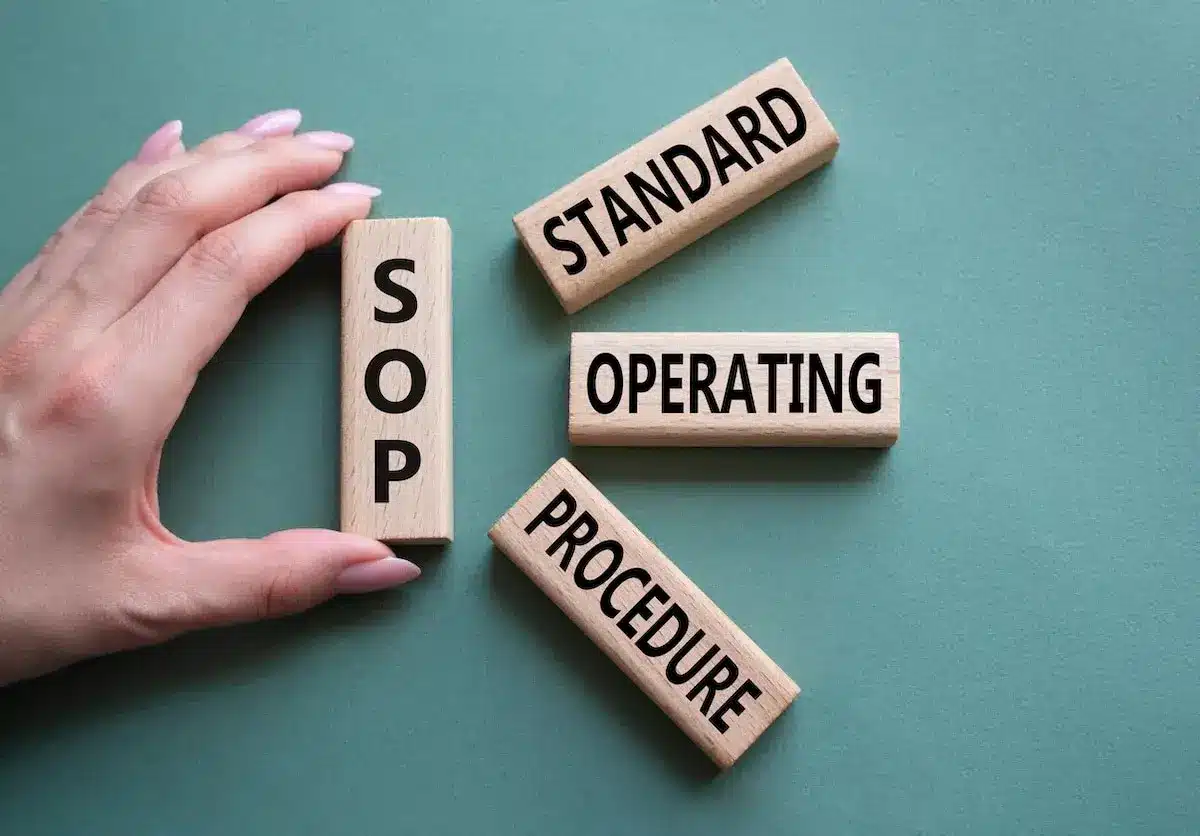First In First Out Inventory Management: All You Need to Know About FIFO
Inventory is often one of the largest assets a business has. Therefore it is crucial to manage it in a way that minimizes waste and maximizes profits. One popular inventory management system is First In, First Out (FIFO). This system assumes that the oldest items in stock are the first ones to be sold. Let’s take a closer look at how FIFO works and how you can use it in your own business.
Watch the Video
Introduction to FIFO
FIFO is an inventory management method that follows the principle of “first in, first out.” As mentioned, this means that the oldest products in a warehouse are the first to be sold or used. This system is often used in industries where products have expiration dates, such as in the food and beverage industry, to ensure that the oldest products are used or sold before they reach their expiration. Same principles can be applied for first expired, first out, using expiration date instead of receipt date.
However, FIFO can be used in any industry where product demand or prices may fluctuate. By ensuring that the older inventory is sold first, FIFO helps to avoid having too many products sitting in inventory that could eventually become obsolete or decrease in value. There are also other benefits of using FIFO which we’ll discuss in this article.
How the FIFO Method Works
When using the FIFO system, new items are added to the back of the inventory, while the oldest items are taken from the front of the inventory to be sold or used first. In this way, FIFO ensures that the oldest items are always sold or used before newer items in order to avoid any potential losses from expiration or price changes.
In order to track stock using the FIFO method, businesses must maintain detailed records of each item’s entry and exit date. For the smallest businesses, this could be done manually. However, almost all warehouses today utilize some kind of warehouse management system (WMS) or inventory management software (IMS) to accomplish this task. Recording this information in real-time is important (when received for example).
Inventory Valuation and COGS
The FIFO method also plays an important role in how businesses value their inventory and calculate their cost of goods sold (COGS). COGS is the total cost associated with acquiring or producing the products that have been sold. When using the FIFO inventory valuation method, businesses assume that the oldest items in stock are used to fulfill customer orders. This means that the costs associated with this beginning inventory are what gets passed on to customers, instead of more expensive newer items. This can help businesses to minimize their COGS and increase their profits as a result. Of course, there are other considerations on the inventory valuation side when determining valuation. But FIFO handling of inventory usually applies regardless.
Ending Inventory Balance
When using the FIFO inventory system, businesses must also calculate their ending inventory balance. This is the total value of products that remain in stock at the end of a given period. This is calculated by taking the total value of products that enter into inventory and subtracting the cost of goods sold. This calculation is important for businesses to keep track of, as it can provide insights into the number of products that need to be restocked in order to meet customer demand.
Benefits and Advantages of Using FIFO
Using the FIFO method offers several benefits and advantages to businesses:
Reduces inventory costs, waste, and spoilage
The FIFO system helps businesses with managing inventory by ensuring that the oldest products are sold or used first. This reduces the risk of having to dispose of outdated products and minimizes inventory spoilage. This is essential for businesses that sell products with expiration dates, such as food and beverages. By selling the oldest items first, businesses can ensure that their customers are receiving fresh and usable products. But it also helps any business avoid carrying obsolete products and losing profits as a result.
Minimizes losses from price fluctuations
Using the FIFO method also helps businesses minimize losses from price fluctuations. By ensuring that the first inventory sold comes from the oldest items in stock, businesses can avoid having to sell newer and more expensive items at the same price as older, cheaper items. This helps to ensure that businesses are not losing money due to market changes or their own pricing decisions.
Maximizes profits
Using the FIFO system also helps businesses to maximize their profits by keeping their COGS low. As mentioned earlier, this is done by assuming that the oldest items in stock are used to fulfill customer orders. This means that businesses can avoid passing on more costly prices associated with newer products. As a result, businesses’ profits can be significantly increased.
Improved forecasting of customer demand
The FIFO system is also beneficial for forecasting customer demand. By tracking each item’s entry and exit date, businesses can get a clearer understanding of which products they need to restock in order to meet customer demand. This can help them stay ahead of the competition and ensure that their customers’ needs are being met. Consideration should be given to sales versus shipment demand.
Allows businesses to respond quickly to changes in customer demand
By ensuring that the oldest products are sold first, FIFO allows businesses to make quick adjustments to their inventory levels in order to meet customer demand.
Enhances accuracy of COGS and Inventory Valuation
Utilizing the FIFO method also helps businesses to accurately calculate their COGS and inventory valuation. This is because the oldest items are being used to fulfill customer orders, meaning that their costs are reflected in COGS instead of more expensive new items. This helps businesses maintain accurate records and maximize profits.
Accurately Calculate Income Taxes
The FIFO method can also be used to help businesses accurately calculate their income taxes. Since the cost of goods sold is calculated using the oldest inventory, businesses can be sure that the costs reported to the tax authorities reflect their actual expenses. This also enables businesses to accurately predict their costs and income. This may mean they have a higher tax liability during the period in which they use FIFO, but it also means that their taxes will be accurately reported and paid. This helps to prevent overstating or understating income, which can have serious legal implications.
International Financial Reporting Standards
The FIFO inventory system is also important for businesses that are subject to International Financial Reporting Standards (IFRS). Under IFRS, companies must adhere to certain principles when it comes to how they value their inventory. One of these principles is that businesses should use the FIFO method, as it is considered to be the most accurate and reliable method of inventory valuation. By adhering to this principle, businesses can ensure that their financial documents are in compliance with IFRS.

How to Calculate FIFO
To calculate the FIFO value of inventory and COGS, businesses need to take the cost of the oldest items in inventory and divide it by the total number of units purchased. This will give them their FIFO unit cost per item, which they can then use to calculate the COGS and value of their remaining inventory.
FIFO Examples
Assume a business purchased 100 units of item X at $10 each. Of these, 50 units were sold and the remaining 50 are still in inventory. The FIFO cost for this item would be calculated as follows: FIFO Cost = (50 x $10) / 100 = $5 This means that the business can record a COGS of $250 (50 x $5) and the remaining inventory is valued at $250 ($5 x 50).
Here’s another example:
Imagine that you own a warehouse that stores and sells non-perishable products, such as office supplies, and that you use the FIFO system.
One day, you receive a shipment of 500 pencils that you purchased for $0.50 each. The next day, you receive another shipment of 500 pencils, this time purchased for $0.60 each. You store the first shipment of pencils on the bottom shelf of your storage rack and the second shipment on the next shelf above the first.
A few days later, a customer places an order for 100 pencils. According to the FIFO system, you will sell the oldest pencils first, so you fulfill the order using the pencils from the first shipment that you purchased for $0.50 each.
A week later, another customer places an order for 200 pencils. Again, you fulfill the order using the oldest pencils in the warehouse, which are from the first shipment. You now have 200 pencils remaining from the first shipment and 500 pencils from the second shipment in the warehouse.
A few weeks later, you receive an order for 300 pencils. Because you will run out of the oldest pencils from the first shipment, you fulfill the order using the pencils from both the first and second shipments. You now have zero pencils remaining from the first shipment and 400 pencils from the second shipment in the warehouse.
Using the FIFO system in this scenario has several benefits. For example, you can easily track the cost of goods sold and calculate it accurately. In this case, you sold 100 pencils from the first shipment for a total cost of $50.00, and 200 pencils from the first shipment plus 100 pencils from the second shipment for a total cost of $150.00. This allows you to make well-informed decisions about pricing and inventory control.
Overall, the FIFO system has helped you run your warehouse efficiently, effectively, and has provided financial benefits as well. By using the FIFO method for inventory valuation, you have valued your inventory based on the cost of the oldest pencils in the warehouse, which in this case is $0.50 per unit. This has resulted in a lower inventory cost and a higher profit margin for your business.
Comparison to Other Inventory Valuation Methods
While FIFO is a popular and effective method for the management and valuation of inventory, it is not the only option available. Let’s discuss some of the other methods for valuing inventory and how they compare to FIFO.
LIFO Method
The LIFO (Last In, First Out) method is the opposite of FIFO. This method assumes that the most recently purchased products should be sold first. This can result in a lower cost of goods sold but a higher inventory value, which can have negative tax implications. There are pros and cons to both systems, and the best choice for a warehouse will depend on a variety of factors.
One key consideration when deciding between FIFO and LIFO is the type of products being stored. For example, if a warehouse is storing perishable products with expiration dates, FIFO would likely be the more appropriate choice to ensure that the oldest products are used or sold first. On the other hand, if the warehouse is storing non-perishable products without expiration dates, either system could potentially be used depending on the specific needs of the business.
Another factor to consider is the impact on financial statements. As mentioned earlier, the FIFO method can result in a higher valuation of inventory and a lower cost of goods sold, which can have a positive impact on the company’s financial documents. However, it is important to note that the LIFO method can result in the opposite effect, with a lower valuation of inventory and a higher cost of goods sold. This can be beneficial for businesses in certain circumstances, such as when prices are rising and the LIFO method results in a lower taxable income.
In addition, there are other factors to consider when deciding between FIFO and LIFO. These can include the complexity of the inventory system, the level of staff training required, and the potential impact on customer satisfaction. It is important for warehouse owners and operators to carefully evaluate these and other factors when deciding which inventory management system is the best fit for their business.
Weighted Average Cost (WAC) Method
If you’re looking for an alternative method to value your inventory, the Average Cost approach is another solution. Rather than tracking the cost of individual items in the warehouse, this method values inventory based on an average cost that is calculated by taking the total cost of all products purchased and dividing it by the total number of products in the warehouse. This can be a good option for businesses that purchase large quantities of the same product.
Implementing a FIFO System
Implementing a FIFO system in a warehouse requires careful planning and attention to detail. Here are some steps that warehouse owners and operators can take to successfully implement a FIFO system:
- Conduct a thorough inventory count of the warehouse: This will help identify what products are in stock and their age, which is essential for organizing and tracking products using a FIFO system.
- Establish a system for organizing and storing products by age: This can include using designated shelves or bins for older and newer products, or implementing a labeling system to identify the age of each product.
- Train staff on the FIFO system: It is important to ensure that all staff members understand and follow the proper procedures for handling and accessing products according to the FIFO system. This can include training on how to properly rotate products and how to locate and access older products as needed.
- Implement systems for tracking and monitoring the FIFO system: This can include using software or other tools to keep track of the age of each product and ensure that the FIFO system is being followed correctly.
- Regularly review and update the FIFO system: As the warehouse and its needs change, it may be necessary to adjust the FIFO system to ensure that it is still effective and efficient. Regular reviews and updates can help ensure that the system is functioning properly and meeting the needs of the business.
FIFO Conclusion
When deciding which inventory management system to use, it is important to consider the type of products being stored, the impact on financial statements, and other factors. The FIFO method can be an effective solution for warehouses storing perishable items with expiration dates or bulk quantities of non-perishable items without expiration dates. By following the steps outlined above, warehouse owners and operators can successfully implement a FIFO system to ensure that products are managed effectively and efficiently.
Cadre Technologies offers a suite of inventory management software solutions that are designed to help warehouse owners and operators successfully implement the FIFO system or other date based stock rotation options. Our software can streamline and automate processes such as product rotation, tracking, and monitoring, enabling businesses to easily manage their inventory according to the FIFO system.
Contact us today to learn more about how our solutions can help you successfully implement a FIFO system in your warehouse.










